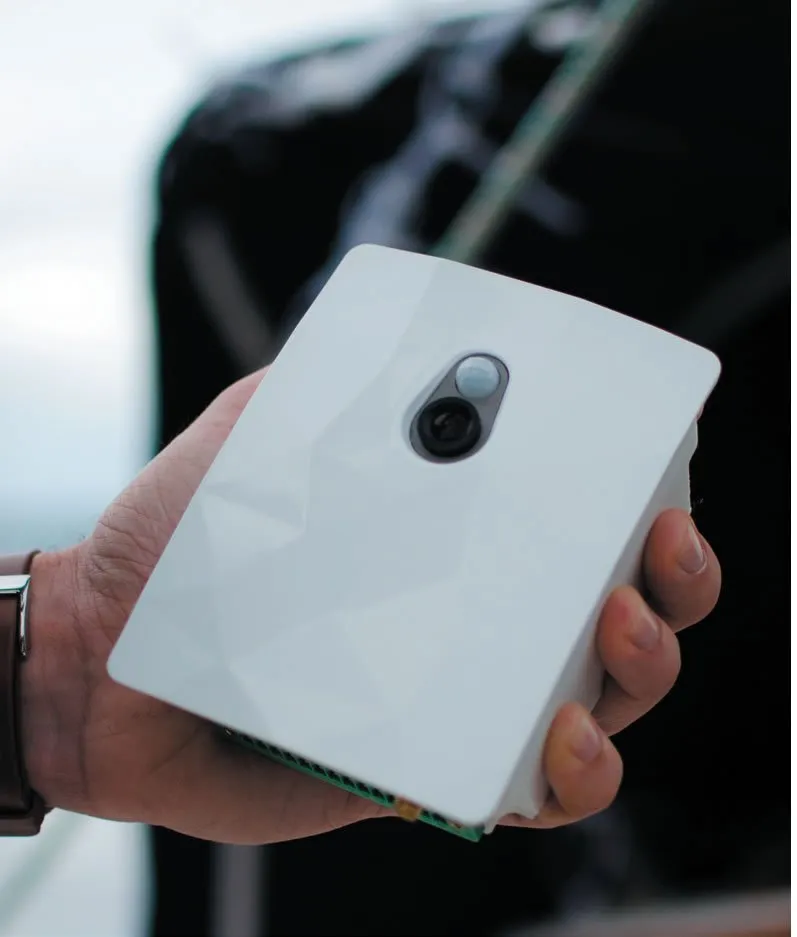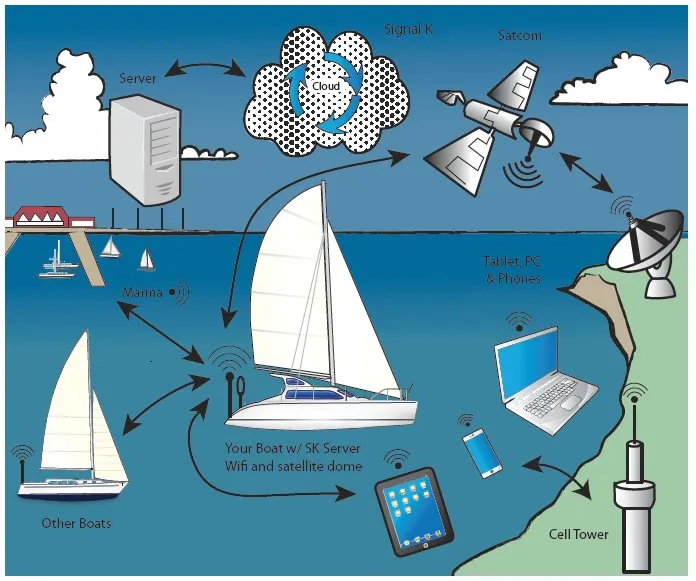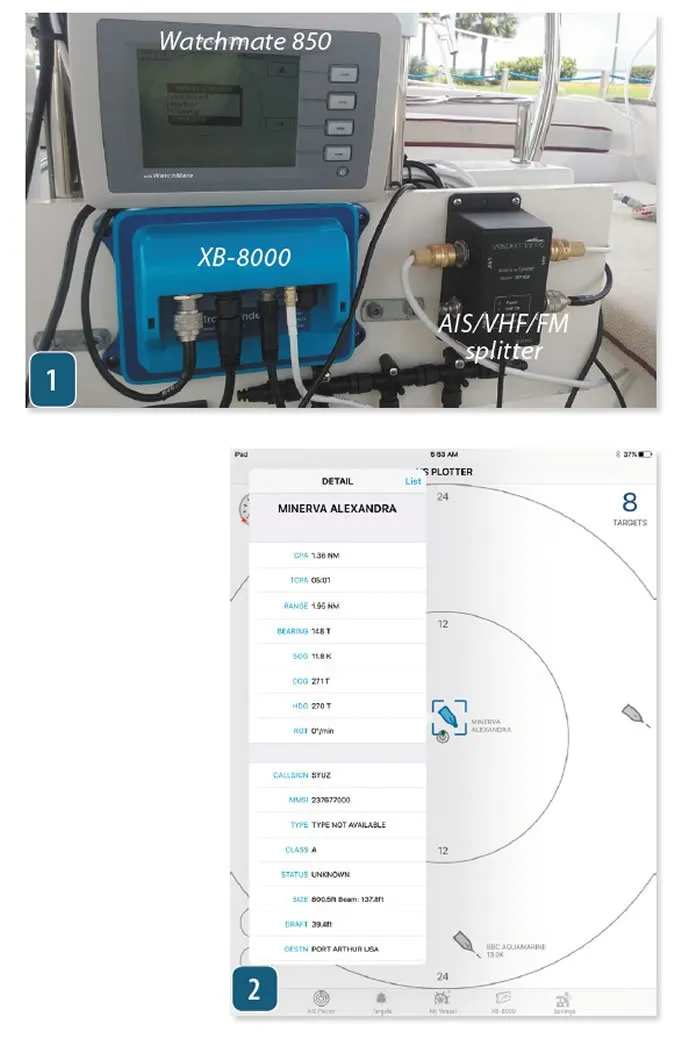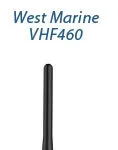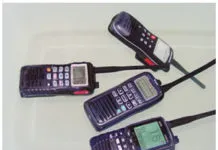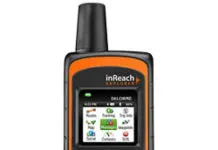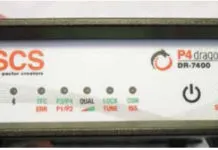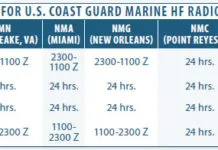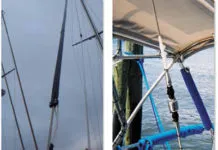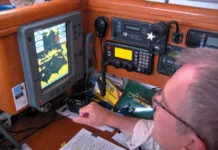Feature-loaded VHFs with GPS
The big advantage of handheld VHF radios as compared to their fixed-mount brethren has always been portability. Its portability that allows them to serve as the primary radio on smaller boats (a dinghy for example), as an emergency backup (or secondary working unit) to a fixed unit, or even as a way to summon help during an unexpected swim. While reduced range (due to their shorter antenna height and lower transmit power) have been acceptable tradeoffs for portability, modern handheld VHF radios continue to keep pace with the many other features provided by fixed-mount VHFs.
Functions and Features
After charging the test units for 24 hours, testers ran each radio through a series of bench tests-including transmitter power output, frequency accuracy and stability, and receiver sensitivity-using our Ramsey COM3010 service monitor. All radios in our test group met industry standards with regards to the above tests, although some did it slightly better than others. Testers took transmitter power measurements (high and low power) directly off the radio antenna port.
DeLorme Satcom Solution
We recently had a chance to ocean test the new DeLorme inReach Explorer on a passage from Sarasota, Fla., to the Dry Tortugas in the Florida Keys. Like the original inReach (see Practical Sailor, March 2013 online) and the second-gen inReach SE, the first such standalone device designed to send and receive texts by satellite, the Explorer is primarily a satellite texting device. The Explorer has a small display screen like the inReach SE, but the Explorer features a built-in compass, barometer, and accelerometer to give it some basic standalone navigational functions.
Professional Versus DIY SSB System Installs
Terry Sparks, author of the book A New Ham I Am, Made Simple For Cruisers, has seen plenty of HF radio installations-both SSB and HAM-and he noticed that even some expert installations fell short of those installed by pure amateurs. He offered this advice on how to avoid common pitfalls, whichever route you take:
PS Tests Farallons Pactor-4 Modem, SailMail
As email access is a big draw for many potential (and current owners) of single-sideband systems, we decided this was a good opportunity to see how our easy-install system performed in that area as well.Farallon Electronics, a Sausalito, Calif., company specializing in the design, sale, and distribution of gear for marine, commercial, and emergency service organizations, provided us with an SCS DR-7400 Dragon modem for testing.
Making a Mayday Call on Marine SSB Radio
For more than a decade, the Digital Selective Calling (DSC) distress call has been the digital-age equivalent of the familiar Mayday call and the preferred means of making initial contact with rescue agencies in the U.S. and around the world. DSC allows users to make a distress call by pushing a dedicated red button on the front panel of an SSB radio. Instantly sending rescue agencies your boats identity, GPS location and more, the DSC distress call is at heart of the Global Marine Distress and Safety System.
Installing the Icom M802
When it comes to installing an Icom M802 SSB system, there are a few rules of thumb that should be followed. Heres a look at our experience. The transceiver should be mounted in a dry location as close as possible to the battery to reduce voltage drop, but as far away from the antenna as is practical. The antenna tuner should also be mounted in a dry spot to prevent corrosion, but it should be as close as possible to the antenna.
Conjuring Up Some SSB Magic
In our first article on marine single sideband, or SSB, radios, we discussed the relevancy of SSB and the benefits of having one onboard (particularly as compared with satellite communications), and we offered a market scan of the more popular radios available (see PS November 2014). The goal of this report is to delve into the SSB installation process, to introduce some popular accessories, and to present an initial report of our field testing; a more in-depth field test report will follow in an upcoming issue.
Im with the Band: Fidelity and Frequencies
Audio is transmitted via radio waves, with audio being impressed on a radio signal using a method called modulation. The two types of modulation that most everyone is familiar with is AM (amplitude modulation) and FM (frequency modulation). This is where the name of these broadcast bands are derived from.
Deciding Between Marine SSB or Ham, or Both
Both the marine radio and ham radio services use the same type of modulation, called single sideband. So when a fellow sailor says they have a single sideband on board, you need to ask, marine, ham, or both? At some point, any cruiser getting ready to make the jump into high-frequency radio communication will want to ask himself the same question.































